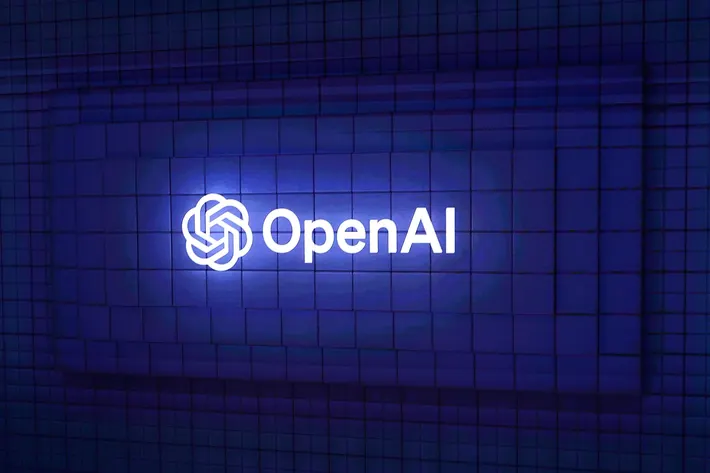OpenAI, the maker of the popular ChatGPT chatbot, is garnering mainstream coverage with a jaw-dropping financial investment that highlights just how costly the race for AI has grown. In a recent report, The Information wrote that the firm is looking to spend an incredible $100 billion on redundant servers in the next five years.
This enormous investment is not even counting OpenAI’s past commitments. The company already pegged spending $350 billion in server rental fees for cloud services until the year 2030, pushing their server expenditure up to astronomical figures. With all of these expenditures added up, OpenAI is seeing an average annual expenditure of $85 billion in server rental and backup infrastructure over the next five years.
The Infrastructure Investment of OpenAI and the AI Gold Rush
OpenAI’s massive spending spree is indicative of an even larger trend coursing through Silicon Valley. Across the industry, corporations are spending billions of dollars on scarce processing resources in what is compared by most as an arms race for processing power. What is stoking the frenzy is basic: it requires massive computational brawn to build advanced AI systems.
This competition has had evident winners in the hardware sector. Cloud providers such as Microsoft Azure, Google Cloud, and Amazon Web Services experience unparalleled demand for their services. Chipmakers, especially those responsible for manufacturing the high-performance processors required for training AI, are observing their products as valuable assets.
Competition is so strong that it is not unusual for businesses to pay top dollar just in order to have access to the processing power that they need. It is a seller’s market in that the people supplying the cloud get to charge top dollar, and chip manufacturers are stretched to the limit filling orders.
What is interesting about OpenAI’s investment strategy is that the firm views those massive outlays differently. In contrast with regarding the $100 billion server investment as a blunt cost center, OpenAI executives literally count those servers as “monetizable” assets with potential other revenue streams.
The firm sees this investment in infrastructure as ultimately generating returns in two major ways. First, extensive web-based server capacity might allow for breakthrough research that isn’t feasible with constrained means. When you’re looking at what is and isn’t possible with artificial intelligence, having basically unlimited computational power available may be what separates failure from success.
OpenAI’s AI Investment Strategy: High Costs and Competitive Pressures
Second, greater server capacity might directly drive product usage. More servers mean direct improvements in performance, response time, and capacity to support multiple users simultaneously. For an organization whose lead product is so heavily based upon real-time interactions, server capacity directly equals end-user experience and revenue potential.
Whereas OpenAI is bullish about generating revenue from its server investments, the reality is bleak. The firm is looking at burning through around $115 billion of cash up until 2029 as it keeps scaling up expenditure on AI model building and hardware.

This burn rate of cash reveals exactly how capital-intensive the artificial intelligence business is today. Whereas other software businesses may watch as their expenses fall as a multiple of scale, artificial intelligence businesses are confronted with the exact opposite. The bigger and more complex their models are and the larger their customer bases get, the higher their infrastructure expenses become.
These investments come at a time when OpenAI is also under competitive pressure. Technology giants such as Google, Microsoft, and Meta are all investing heavily in AI research, and there are an array of startups that are looking to establish niches for themselves. In order for OpenAI to remain an AI leader, it must get ahead of the curve with regard to research potential as well as capacity in their infrastructure.
OpenAI’s $100 Billion Wager on AI Infrastructure
OpenAI’s $100 billion investment in server hardware is as much a statement about the future of artificial intelligence as it is a cost equation, it is a wager that the artificial intelligence industry is going to become large enough that such enormous up-front investments are justified and superior infrastructure is a sustainable competitive advantage.
Whether it is a winning strategy remains to be seen and probably will depend on OpenAI’s success in converting the advantage it commands in computing power into paradigm-breaking AI capability that is worth premium prices for users.

